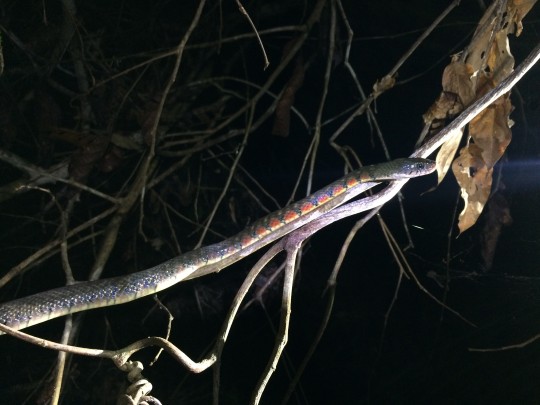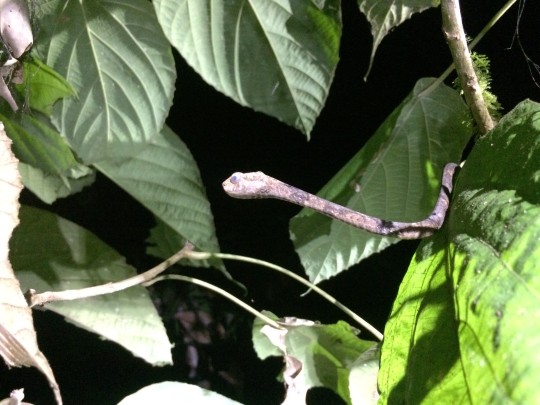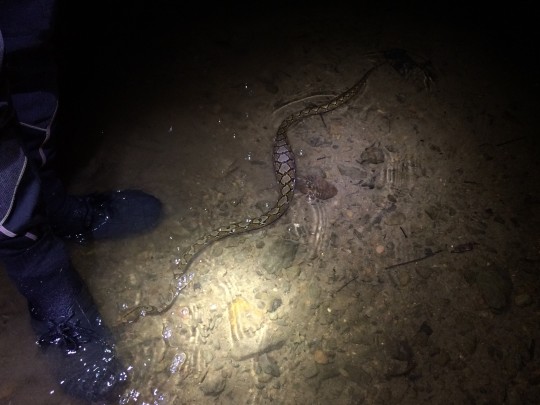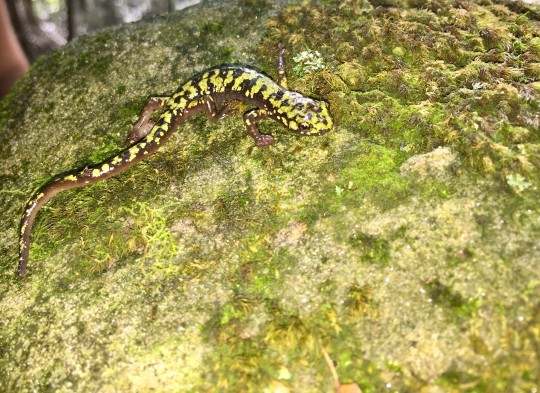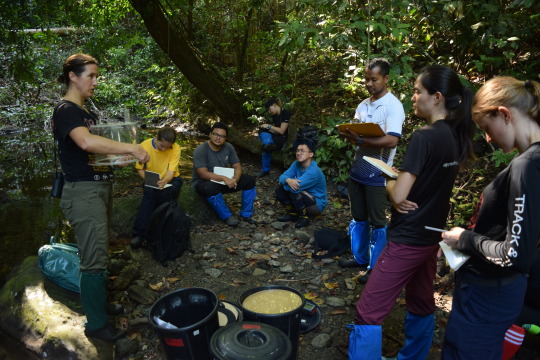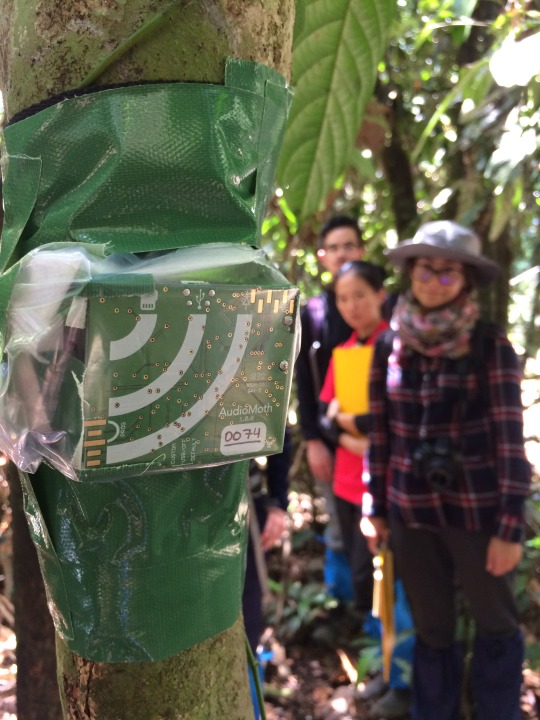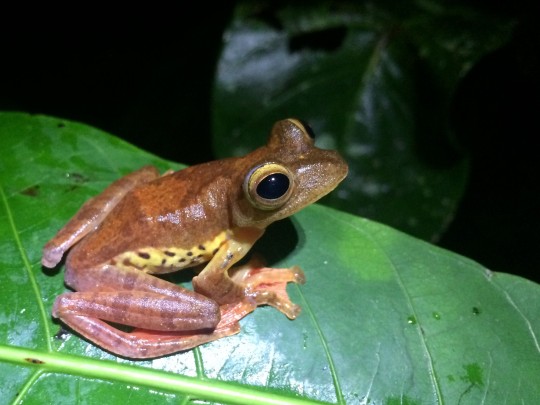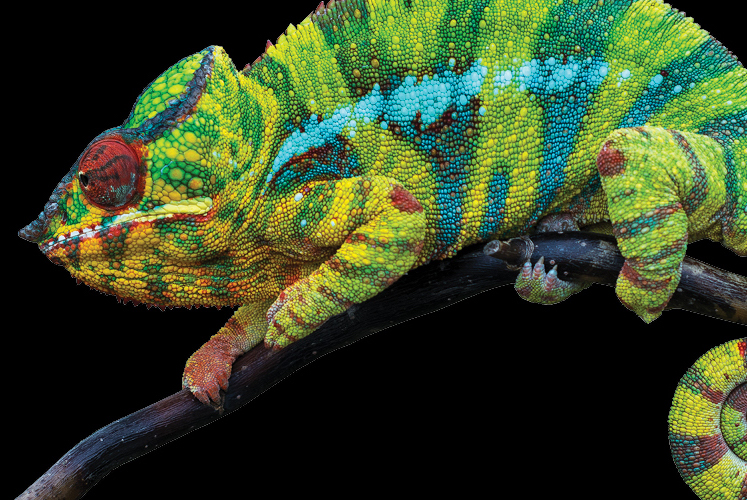
Carnegie Museum of Natural History announced today that its popular touring exhibition, Reptiles: LIVE!, will extend for two extra weeks, through Memorial Day Weekend. The exhibition, which features live reptiles and family-friendly activities, will now be open until Memorial Day, Monday, May 27, 2019.
The museum is excited to offer the extension in response to overwhelmingly positive visitor feedback. When asked about the most memorable aspects of their trip to the museum, visitors cited fantastic experiences during Reptiles: LIVE! including:
“the wonderful presentation of the reptiles and the outstanding … short films.”
“my granddaughters’ reactions to the reptiles.”
“seeing my nephew in awe of everything, especially the Dinosaurs and Reptiles: LIVE!”
Reptiles: Live! is $5 for adults and $3 for members, children, students, and seniors (after museum admission). For more information, visit CarnegieMNH.org.
